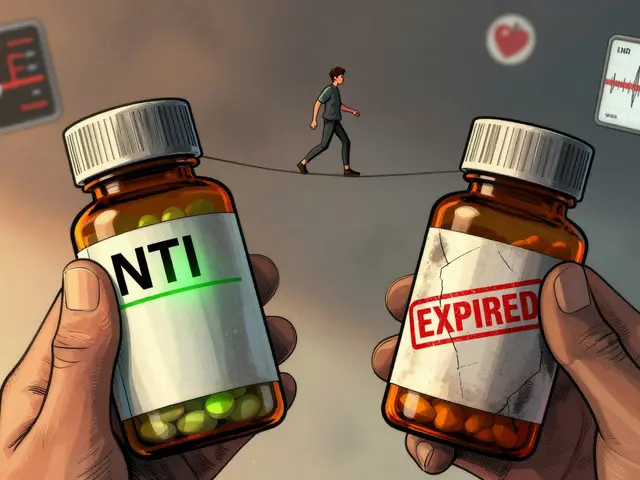SGLT2 Inhibitors – Simple Guide to the Diabetes Drug Class Everyone’s Talking About
If you’ve been diagnosed with type 2 diabetes, chances are your doctor has mentioned SGLT2 inhibitors. Those long‑named pills (like canagliflozin, dapagliflozin, empagliflozin) might sound scientific, but the idea behind them is pretty straight forward: help your kidneys get rid of extra sugar.
How Do They Actually Work?
Your kidneys filter blood all day. Normally they pull glucose back into the bloodstream so you don’t lose it in urine. SGLT2 inhibitors block a protein called sodium‑glucose co‑transporter‑2, which is responsible for that re‑absorption. With the blocker on board, more sugar leaves your body when you pee, and your blood sugar drops.
This mechanism means they work differently from insulin or metformin – they don’t depend on how much insulin your pancreas can make. That’s why many doctors add them to existing therapy when other meds aren’t enough.
Beyond Blood Sugar: Extra Wins
Recent studies show that SGLT2 inhibitors do more than just lower glucose. They cut down the risk of heart failure hospitalization and can slow kidney disease progression. If you have both diabetes and a shaky heart or kidneys, your doctor might pick one of these drugs specifically for those added benefits.
Weight loss is another perk. Because you’re losing calories through urine, most users see a modest drop in weight – usually 2‑4 kg over several months. That can be a nice boost if you’re trying to trim down.
What to Keep an Eye On
Like any medication, SGLT2 inhibitors have side effects. The most common are urinary tract infections and yeast infections – the extra sugar in urine creates a friendly environment for microbes. Drinking plenty of water and maintaining good hygiene can lower the risk.
A rarer but serious issue is dehydration or low blood pressure, especially if you’re on diuretics or have kidney problems. If you feel dizzy or light‑headed, stand up slowly and talk to your doctor about adjusting the dose.
Another warning: a condition called ketoacidosis can happen even when blood sugar isn’t super high. Symptoms include nausea, vomiting, stomach pain, and rapid breathing. If any of these pop up, seek medical help right away.
Who Should Avoid Them?
People with severe kidney impairment (eGFR below 30 ml/min/1.73 m²) usually can’t use these drugs because they need the kidneys to work enough to excrete the glucose. Also, pregnant or breastfeeding women should steer clear unless a doctor says otherwise.
If you’ve had a recent bladder cancer surgery or are on certain antibiotics, your doctor might recommend an alternative. Always share your full medical history before starting.
Tips for Getting the Most Out of Your Prescription
- Take the pill with water in the morning – it helps keep you hydrated throughout the day.
- Stay on top of routine blood tests. Doctors check kidney function and electrolytes every few months to make sure everything’s okay.
- Combine the drug with a healthy diet and regular activity. The medication works best when your lifestyle supports good glucose control.
- If you notice any infection signs (burning urination, unusual discharge), call your pharmacy or doctor early.
In short, SGLT2 inhibitors are a handy tool for managing type 2 diabetes, especially if heart or kidney health is a concern. They’re not magic pills, but when used correctly they can make a real difference in blood sugar numbers, weight, and overall wellbeing.
Talk to your healthcare provider about whether an SGLT2 inhibitor fits into your treatment plan. Ask about the specific brand, dosing schedule, and what monitoring you’ll need – that way you stay safe and get the most benefit from this modern diabetes class.

Dapasmart: The Smart Way to Manage Type 2 Diabetes in 2025
Learn how Dapasmart is changing type 2 diabetes treatment in 2025. Get relevant facts and actionable tips for safer, more effective blood sugar control.
View More




